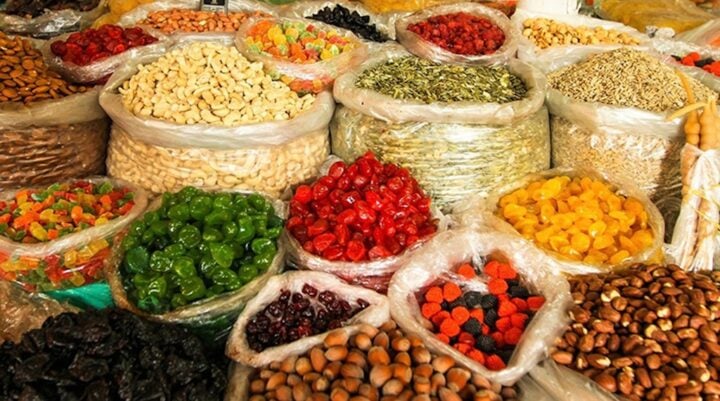The Food and Agriculture Organisation (FAO) of the United Nations says global food prices fell in February for the eleventh consecutive month.
The UN agency said its food price index, which tracks international prices of the most globally traded food commodities, averaged 129.8 points in February, a marginal 0.6 percent decrease from January but 18.7 percent down from its peak in March 2022.
FAO said the decline in the index reflected drops in quotations for vegetable oils and dairy products that more than offset a steep rise in sugar prices.
According to the report, the cereal price index remained virtually unchanged from January.
Advertisement
“International wheat prices rose marginally during the month, as concerns over dry conditions in the United States of America and robust demand for supplies from Australia were largely countered by a strong competition among exporters,” FAO said.
“International rice prices eased by 1.0 percent due to a slowdown in trading activities in most major Asian exporters, whose currencies also depreciated against the United States dollar.”
The organisation said its vegetable oil price index declined 3.2 percent from January, with the world prices of palm, soy, sunflower seed and rapeseed oils all lower.
Advertisement
Similarly, the dairy price index declined 2.7 percent during the month, with butter and skim milk powder international quotations registering the steepest decline.
FAO said its meat price index also remained almost unchanged from January.
It explained that world poultry prices continued to decline amid abundant export supplies, notwithstanding the avian influence outbreaks in several leading producer countries, while international pig meat prices rose, mostly due to concerns over tighter export availabilities in Europe.
However, the sugar price index rose 6.9 percent from January to its highest level in six years, due largely to a downward revision to the 2022/23 production forecast in India.
Advertisement
“The February rebound was mostly related to the downward revision to the 2022/23 sugar production forecast in India, which dampened export prospects for the current season,” FAO said.
“Concerns over lower export availabilities from India amid strong global import demand lent additional support to world sugar prices.
“However, the good harvest progress in Thailand and abundant precipitation in the key growing areas of Brazil prevented a larger monthly price increase. The decline in international crude oil price quotations and ethanol prices in Brazil also contributed to limit the upward pressure on world sugar prices.”
Advertisement
Add a comment






